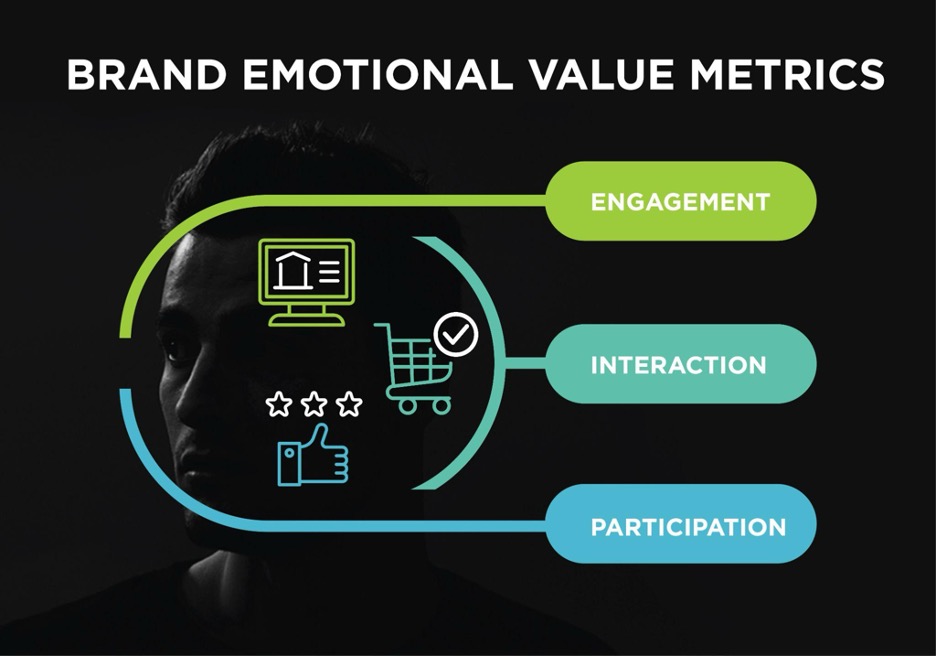True Branding: The Heartbeat of Business Success
BRANDVOICE

True branding is a foundational pillar for any successful business. It involves integrating a brand’s values and promises into the company’s core operations and ensuring that the customer’s experience directly reflects the brand’s ethos. Branding is not just about the external image but also about how deeply the brand’s promise resonates within the company’s culture and strategy. According to Propaganda Inc., a fully integrated, insights-based, and strategy-driven branding firm, effective brand positioning must permeate every level of the organization to deliver the brand proposition, which is why it created its proprietary true branding process.
The evolution of true branding starts with actionable insights. These insights help a business understand its higher purpose and how it fulfills the needs of its customers. Aligning a company around a singular purpose while crafting an actionable plan leads to a unique market position and optimizes current offerings. This integrated approach serves as a navigational chart for sustained growth.
In recent years, lean principles have revolutionized how businesses start small, learn fast, and adapt constantly. Yet branding often remains stuck in old patterns. The belief in an isolated creative genius who can single-handedly create a perfect brand is outdated. Today’s most successful organizations recognize the importance of iterative development, refining their brand using real-world feedback.
Quantifying a brand’s impact on human emotion is challenging but not impossible. Emotional-value metrics are indirect measures that reveal how a brand resonates with its audience. These metrics, which encompass interaction, engagement, and participation, are the new benchmarks for understanding the success of branding efforts.
Interaction is the first metric. It’s a consumer’s initial contact with a brand—clicking a link, visiting a store, or watching an advertisement. While interaction is a positive indicator of brand awareness, it should not be mistaken for a definitive measure of a brand’s emotional appeal. High numbers of interactions may feel promising, but they only scratch the surface of the brand’s potential impact.
Engagement is the second metric and represents a deeper connection. The responses to the brand measure it following an interaction, such as whether a customer subscribes to a newsletter, makes a purchase, or participates in a promotion. Engagement signifies a customer’s willingness to invest time or resources in a brand, moving beyond casual interest to a more substantial relationship.
Participation, the third and deepest metric, reflects a profound bond between the brand and the consumer. It’s evident when customers advocate for the brand, participating actively and consistently in its community. This can be measured by looking at customers who champion the brand on social media, attend events, or bring others into the brand’s fold. Participation indicates a customer’s transition from a mere user to a brand champion.
Propaganda Inc., which was founded in 2001 by veteran creatives Flint Finlinson and Paul Jarvis, believes that businesses must engage directly with their customers to effectively measure these metrics, especially in the early stages. For larger companies, technology enables the scaling of customer understanding beyond direct interactions. The key is to identify and track specific behaviors that signal movement through the stages of emotional value.
While functional value focuses on the practical benefits of a product or service, emotional value relates to the brand’s impact on the customer’s feelings and experiences. Companies that focus exclusively on functional value miss their brand’s full potential. Emotional value is not just about the immediate reaction to a product but also about the lasting relationship that is formed with the customer.
Building a brand that customers can emotionally invest in requires balancing both values. This dual focus creates a brand that is not just used but loved. It involves understanding the nuanced reasons behind a customer’s choices and the sentiments attached to them. This understanding allows a brand to move from being a mere option in the market to becoming a preferred choice.
Finlinson shares an excellent example of how a company successfully implemented true branding. One day, he interacted with a 17-year-old woman who was working at a women’s retailer for the summer. Having been from the retail industry himself, Finlinson asked her what she does at her job. He expected her to answer something like ringing out customers or arranging displays, but she stunned him by answering: “My job is to make women feel beautiful.”
All in all, true branding is about creating a brand that lives and breathes its values, reinforcing every customer touchpoint with its core promise. It’s about moving beyond metrics to building meaningful relationships. Applying these has resulted in Propaganda gaining several national and global brands as clients, especially in the consumer packaged goods, beauty, retail, restaurant, and hospitality industries.
Businesses can gauge their brand’s emotional resonance and refine their strategies by measuring interaction, engagement, and participation. Thus, Propaganda believes that true branding is not an abstract concept but a tangible, strategic process that, when done right, leads to a loyal customer base and a robust business growth trajectory.